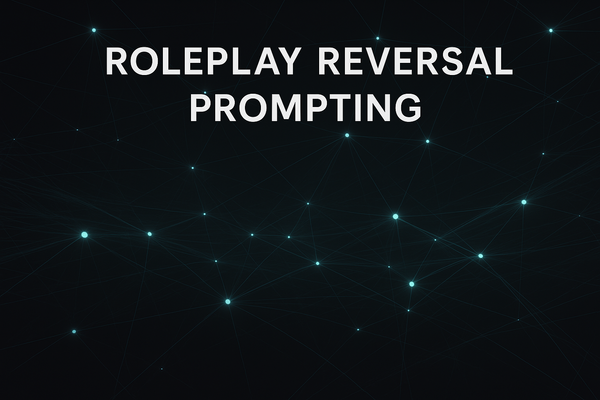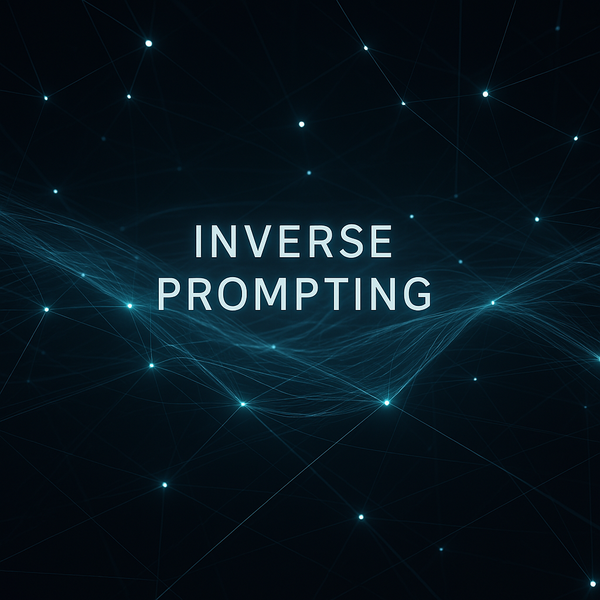Harnessing the Power of Contextual Cues in AI Prompt Design
The integration of contextual cues into AI prompts marks a significant leap forward in the evolution of AI interactions.

Utilizing contextual information to enhance the precision and relevance of AI-generated responses.
Introduction
The integration of contextual cues into AI prompts marks a significant leap forward in the evolution of AI interactions. By embedding rich, situational details into prompts, we can guide AI to produce outcomes that are not only accurate but deeply aligned with the specific needs and nuances of each request. This guide delves into strategies for incorporating contextual cues into AI prompt design, aiming to unlock a new level of sophistication and utility in AI responses.
Understanding the Role of Contextual Cues
~The Importance of Context:~
Contextual information acts as the compass that guides AI responses, providing the necessary direction to navigate the complexities of human language and intent. With adequate context, AI can go beyond mere surface-level understanding to deliver responses that are truly meaningful and tailored to the user's current situation.
Types of Contextual Cues:
- Temporal Context: Time-related information that can influence the relevance of the response.
- Spatial Context: Location-based cues that add a layer of specificity to AI interactions.
- Personal Context: User-specific details that allow for personalized responses.
- Emotional Context: Emotional cues that enable AI to adjust the tone of its responses.
Strategies for Incorporating Contextual Cues
-
Explicit Inclusion: Directly embed contextual details within your prompts to guide AI responses more precisely.
-
User History Integration: Leverage data on past interactions to inform the context of current prompts, enhancing personalization.
-
Dynamic Adjustment: Adapt prompts based on real-time information or changes in the user's environment or state.
Practical Applications
Example without contextual cues:
Recommend a movie.
Example with contextual cues:
Recommend a feel-good movie for a family movie night this weekend, considering a young audience and a preference for animated films.
The inclusion of contextual cues dramatically refines the prompt, guiding the AI towards a response that is significantly more tailored and relevant to the user's specific request.
Advanced Techniques in Contextual Cue Integration
Explore sophisticated methods for integrating contextual cues, such as natural language processing (NLP) techniques to infer context from user input automatically or machine learning models that evolve the use of context over time based on feedback and outcomes.
Conclusion
Harnessing the power of contextual cues in AI prompt design is a game-changer for creating more nuanced, accurate, and user-centric AI interactions. By thoughtfully incorporating various types of context into your prompts, you can elevate the quality and relevance of AI-generated responses, enhancing user satisfaction and engagement across a wide range of applications.




